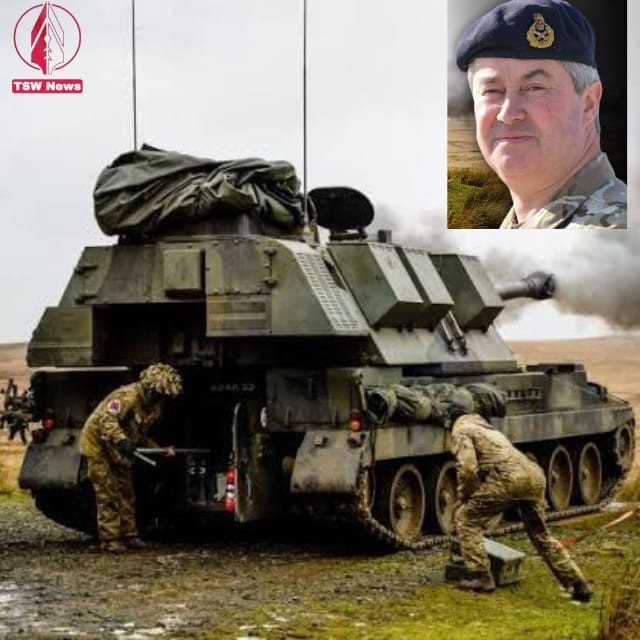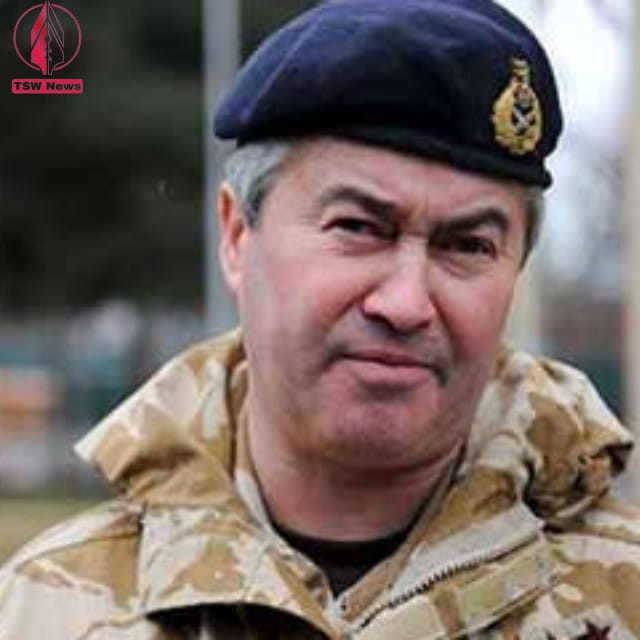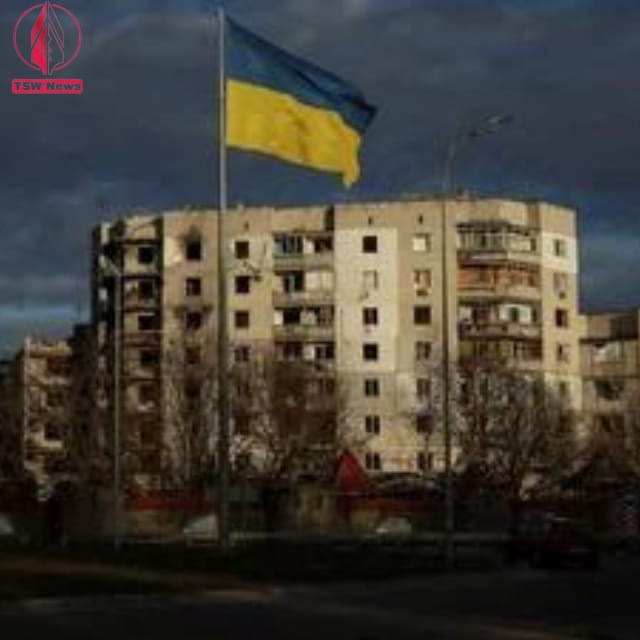Sir Richard Barrons Discusses How the Nature of War is Evolving
- Posted on May 1, 2023
- News
- By TSW NEWS DESK
- 306 Views

The invasion of Ukraine serves as a stark reminder of how constant conflict is. It is a facet of the human condition that is just as unreasonable, harsh, uncivilized, unrestrained, and depressing today as it has ever been since man first used a stick to fight another person.
No unbreakable laws or boundaries restrict what can be done to survive and prevail when individuals battle, knowing that their own lives and the survival of their families, communities, and nations are on the line.
It is also true that, even though war'swar's fundamental essence never changes, its characteristics, specifically how it is waged, are continually subject to shifts in the environment, thinking, and technological advancement.
Today, this thinking focuses primarily on using digital technologies developed for civilian purposes to create novel means of operating and organizing in armed conflicts. While some aspects of the conflict in Ukraine have been done before, others are evolving under existential pressure at the rate of invasion.
One thing that always holds is that mobilizing civil society is how major wars, where a nation'snation's survival and way of life are on the line, are won. The regular armed forces will provide the forefront and the backbone of leadership and structure.
But only by enlisting a sizable portion of the civilian population can one muster the force needed to fight over fronts spanning hundreds of kilometers over an extended period. The industry and the larger economy are also mobilized to help the war, matching this effort.

This year, Vladimir Putin has allocated 30% of Russia'sRussia's budget to cover defense, security, and law enforcement costs. This 9 trillion rubles ($143 billion) represents a significant increase from prior years.
Another constant is that artillery, which can cause death and destruction over distances of up to 30 km (19 miles), continues to rule territorial conflicts. As tanks and infantry fire and move to seize and hold ground, artillery is vital to their success. Even with more excellent tools, this is still true in Ukraine today as it was on D-Day in 1944.
Success also depends on how air power (bombs and rockets dropped by planes and helicopters) can impose harsh and definitive consequences on the ground and how air defenses can prevent that.
Cyberattacks or the use of precise missiles cannot accomplish this. It has always been a fallacy to think that cyber will render jets, tanks, and guns obsolete. Countries like Britain, which reduced spending on traditional armed forces to pay for cyber activities, now recognize the necessity of combining the two.
However, the nature of war in Ukraine has undergone a significant transformation thanks to modern technology. Using satellite photography to identify enemy positions from orbit has effectively made the battle in Ukraine transparent.
That is because both inexpensive, commercial low-Earth-orbit satellites and drones and expensive, capable geostationary military satellites have provided data. It is no longer viable to covertly transfer several army, navy, or air force members due to space-based capability and widely available open-source data for several months before its beginning. All since the Russian invasion has been closely watched.
Artificial intelligence, the volume and speed of data made possible by cloud computing, access to the internet through various devices, and Elon Musk'sMusk's Starlink in Ukraine are all factors in the conflict and determine who gains an advantage.
Thanks to Starlink, every Ukrainian soldier equipped with a ground terminal can access a centrally managed, shared picture of the situation on the ground. An airport is present in the majority of units.
Through quickly evolving AI apps that screen and prioritize them, it connects all the methods for identifying and locating a target, from special operations forces to drones and mobile phone photos to data in the cloud.
The targets are subsequently sent to the best weapon system by these apps. Thanks to the entire equipment, targets can be processed ten times faster. Deep inside Russian-held territory, it can also find and identify targets.
Despite the ongoing need for artillery, another novel aspect of this conflict is the predominance of precision weapons over the large military platforms that have controlled the battlefield for over a century.
The vulnerability of ships, tanks, planes, ample logistic facilities, civic infrastructure, and headquarters has increased. The fastest aircraft or cruise missiles can be shot down from hundreds of kilometers away thanks to radar and precision weapons.
It is possible to strike both a specific building and a specific window. The harm caused to civilians could be lessened by doing this. However, there is no question that Russia intentionally targets hospitals and other civil structures with precision missiles due to their accuracy.

Due to increased vulnerability caused by precision technology, previously dominant weaponry like tanks and artillery pieces are now significantly less effective. The HIMARS high-precision rockets from the United States limit Russia'sRussia's ability to advance artillery and ammo, for instance.
Of course, tanks can still prevail in combat at close range.
But before a close-quarters battle even begins, precision technology can eliminate an enemy'senemy's primary weapon systems, logistics, and reserves. The predominance of precision is such a crucial new element of battle that it could decide how the situation in Ukraine turns out.
Whoever wins the race for low-cost, accurate technology might be the winner. Both Russia nor Ukraine did not begin with the missile stocks necessary to maintain their initial usage rate for more than a few months.
Neither side possesses the necessary industrial capabilities to scale up missile production quickly enough to fulfill demand. Thus, precise drones are being introduced in their place. Compared to the $1 million that might be spent on a cruise missile (although Russia is also trying to buy missiles), the Iranian Shaheed-136 it provided to Russia costs $20,000 per shot.
Such drones are also readily producible in large numbers. Any side that can increase the number of pricey missiles on hand while still amassing cheap drones will have an advantage. The military forces of every country in the globe will be keeping an eye on what combination proves to be successful. The crisis in Ukraine serves as a demonstration of how war'swar's characteristics have changed in the twenty-first century. Faithful, China and America aren't in a superpower strength technology war.
However, it is still astounding when considering the high stakes and the speed of competitive innovation. Additionally, these developments are part of an evolving war orchestra with players and conductors learning as they go.
How nations prepare for and engage in the next major conflict will be measured against what occurs in Ukraine.
For more updates, visit our website, www.topstoriesworld.com, which provides unbiased, authentic, and top stories worldwide.




